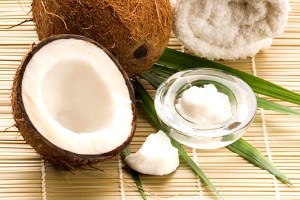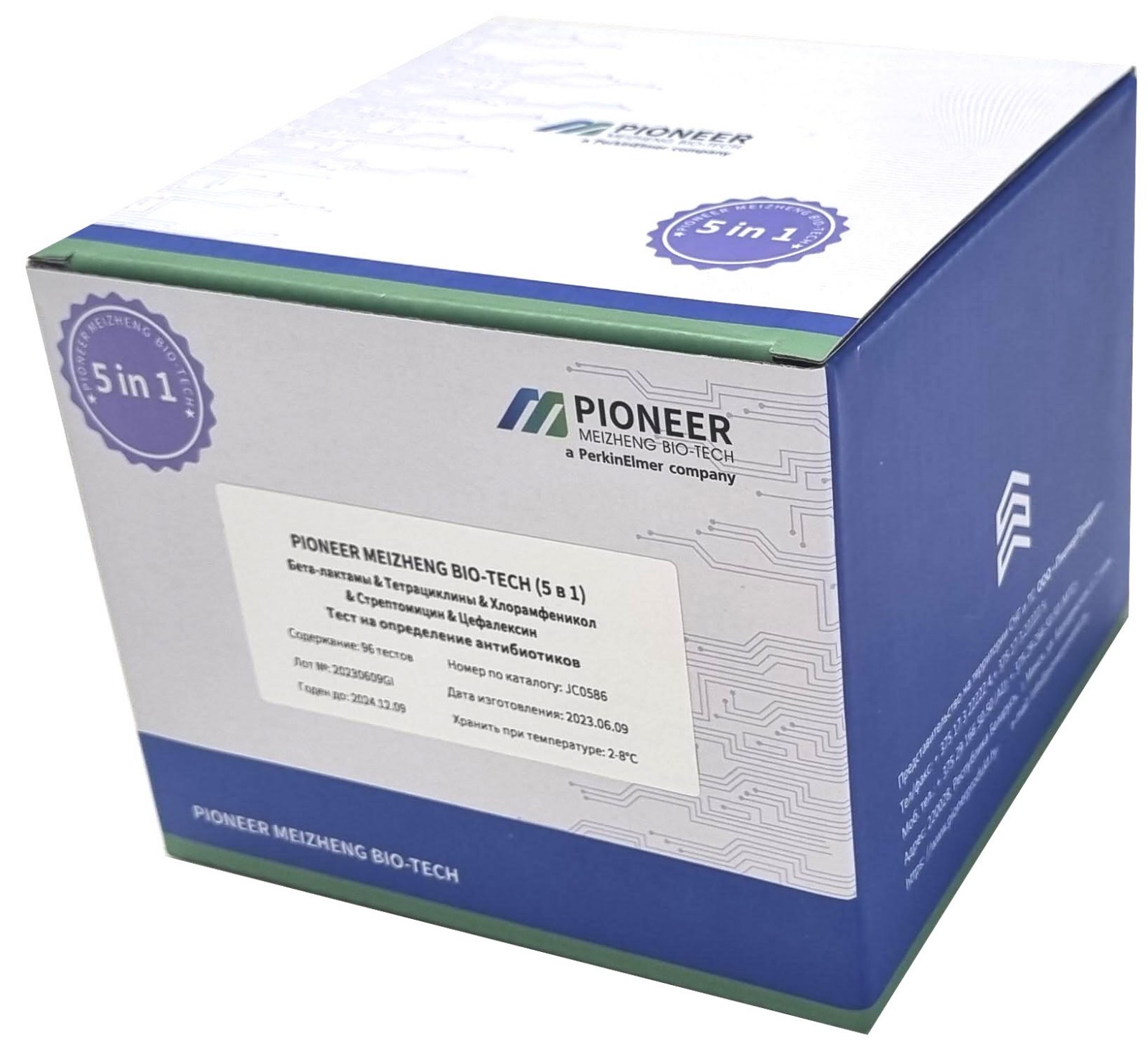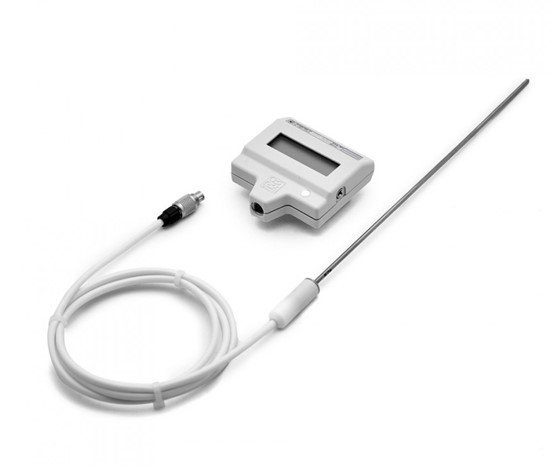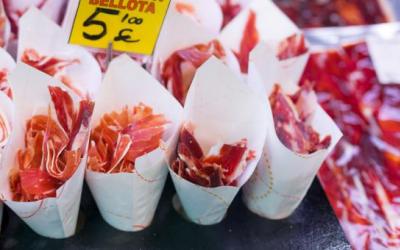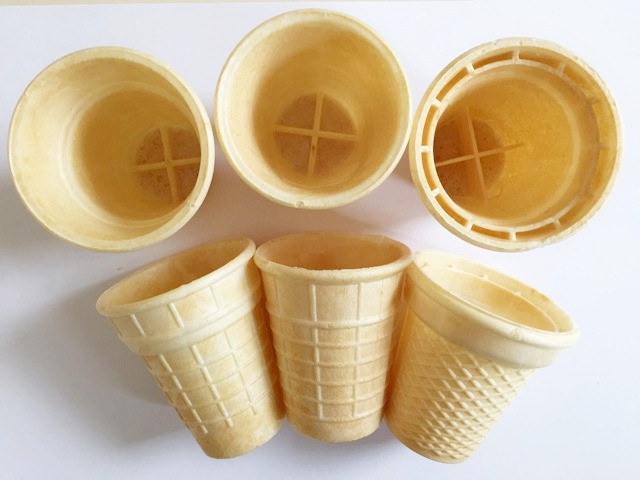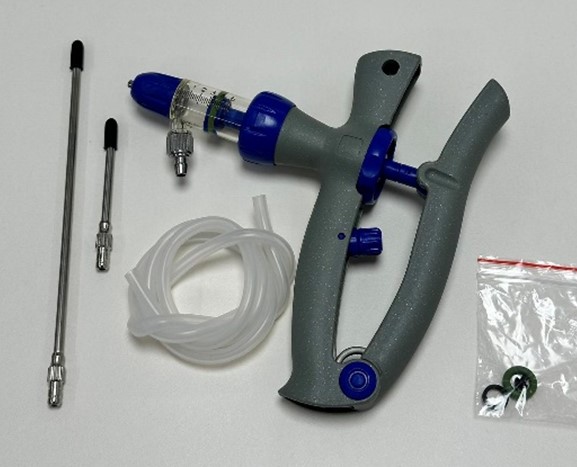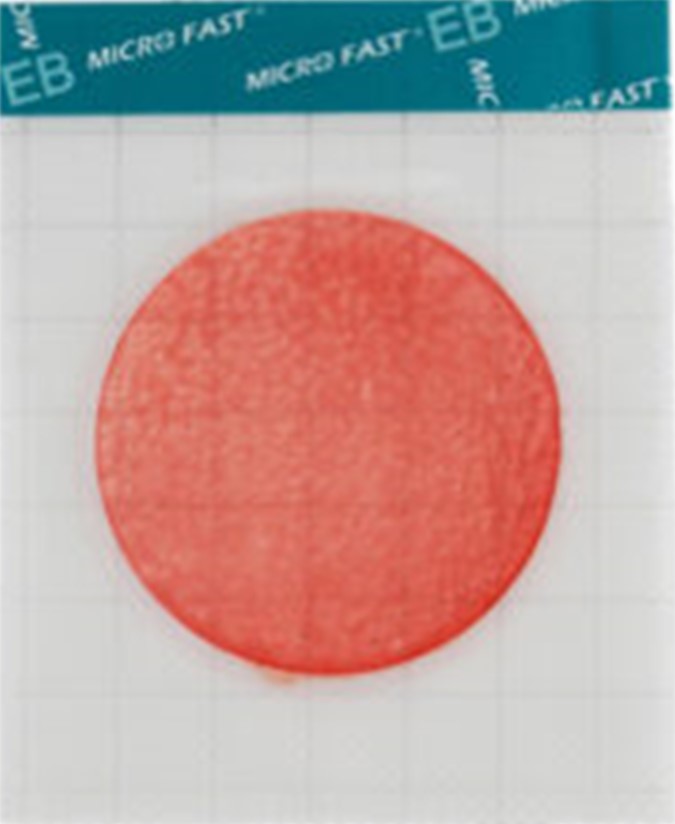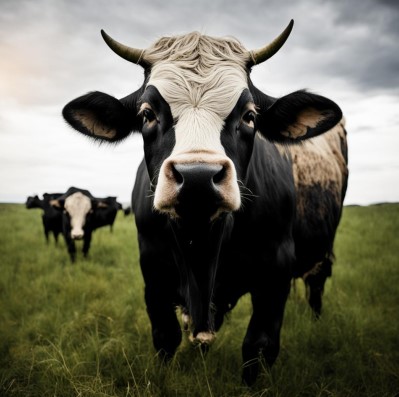Whole milk substitutes for calves and the role of a source of fat in milk replacers
A recent study published in the Journal of Dairy Science summarized research into preweaning calf feeding by an international team of scientists who tested three different compositions of MILK replacer with different fat sources, writes Maurice Hanson in an article published on Bovine Vetonline.
The study was led by PhD candidate Juliet Wilms from the Netherlands-based company Trouw Nutrition, in collaboration with colleagues from the University of Guelph, Wageningen University in the Netherlands and the University of Bonn, Germany .
Three groups of 21 newborn Holstein calves received three compositions of milk replacer. All three sources of whole milk replacer contained 30% fat, 24% crude protein and 36% lactose on a dry matter basis. But to satisfy the fatty part, three different combinations were used for each experimental group:
- vegetable fat – 80% rapeseed oil and 20% coconut oil ;
- animal fat – 65% animal fat and 35% liquid cream;
- mixed composition - 80% animal fat and 20% coconut fat.
All fat ingredients were spray dried during the production of whole milk replacer.
During the pre-weaning periodCalves were housed in pens with appropriate liquid rations dispensed ad libitum via an automatic feeder. Throughout the study, they had common access to starter feed, water, and bedding in the form of chopped straw. Weaning was induced gradually between 7 and 10 weeks of age.
Calves were weighed and blood collected weekly for 85 days after the start of the experiment, and drinking rates and visits to the milk replacer source were recorded by autofeeder software. HEALTH events were recorded by caretakers who were not informed of the prescribed milk replacers.
The results showed no differences between calves in terms of therapeutic intervention for diarrhea and respiratory disease. However, calves fed the animal fat diet consumed a greater volume of milk replacer than the other two experimental groups, and this group of calves had a significantly higher average daily pre-weaning gain of 915 g/day compared to the other two groups, which gained on average were about 783 g/day.
The researchers noted that the selection of animal fat was designed to closely match the fatty acid profile of cow's milk. Inclusion of medium chain fatty acids was an important goal because these specific fatty acids are a readily available source of energy that can influence satiety signaling in calves.
In general, the fatty acid profile in mixed milk replacer was very similar to the fatty acid profile in milk replacer with animal fat, but scientists note an important nuance - the substitute with animal fat contained butyric and caproic acids. Previous studies have shown that supplementing calves with butyric acid improves gastrointestinal development.
The scientists explained that the animal fat WMC did not include 100% milk fat because it would conflict with one of the main goals of the milk replacer, which is to increase net milk yield on dairy farms. They also did not take into account the cost differences between WMC, most notably the potentially higher cost of WMC containing dairy cream, which is in demand in the human food market.

